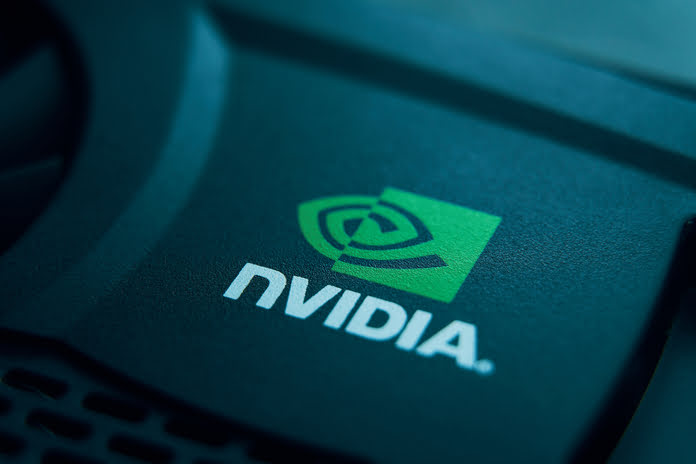Nvidia (NASDAQ:NVDA) has once again made headlines with its bold announcement to manufacture AI supercomputers in the United States. This strategic pivot comes amid intensifying global trade tensions, particularly with China, and aligns with Washington’s push to bring semiconductor manufacturing back onshore. As Nvidia ramps up its U.S. operations, investors are eager to know: what’s the updated NVDA stock forecast, and should you buy, sell, or hold shares?
Nvidia’s Manufacturing Shift and Strategic Vision
In response to federal scrutiny over imported chips and technology, Nvidia revealed it will produce its next-generation AI supercomputers in the U.S. Through partnerships with key industry players, CEO Jensen Huang said Nvidia is prepared to build as much as half a trillion dollars worth of AI infrastructure domestically within the next four years.
Huang emphasized, “The engines of the world’s AI infrastructure are being built in the United States for the first time.” This marks a significant turning point for both Nvidia and the broader semiconductor industry, as U.S.-based production could shield the company from future geopolitical disruptions and tariffs.
The move not only strengthens supply chain resilience but also supports Nvidia’s expanding ambitions beyond the cloud. With new ventures targeting enterprise IT and advanced robotics, the NVDA stock forecast now includes broader revenue streams and potential margin benefits from localized manufacturing.
Growing Demand for Nvidia’s Blackwell Architecture
At the center of Nvidia’s product roadmap is the Blackwell architecture, which promises 40x more performance than its predecessor, Hopper. Demand has already outpaced supply, with Nvidia’s top four cloud service provider clients ordering 3.6 million units in early 2025 alone.
According to Huang, the rise of “reasoning AI” — models that can draw conclusions and make decisions — has pushed demand for computing power to unprecedented levels. Reasoning AI requires 100x the compute power of older AI models, and Nvidia is one of the few companies able to meet this demand with cutting-edge GPUs and a full-stack ecosystem.
To execute its long-term vision, Nvidia has partnered with Dell Technologies (NYSE:DELL), Hewlett Packard Enterprise (NYSE:HPE), and Cisco Systems (NASDAQ:CSCO). These collaborations aim to reinvent traditional enterprise computing through high-performance, AI-ready infrastructure.
Addressing Tariffs, Competition, and Margins
Despite its technological edge, Nvidia faces some near-term headwinds. These include concerns about tariff impacts, custom chip competition, and margin pressure due to the transition to Blackwell. However, Huang remains optimistic. He pointed out that Nvidia is already manufacturing chips at Taiwan Semiconductor’s (NYSE:TSM) Arizona plant and is willing to expand U.S. production as needed.
While gross margins may take a temporary hit during the Blackwell rollout, Huang believes they will rebound once production scales and costs normalize. This gives investors reason to remain confident in the longer-term NVDA stock forecast.
Analyst Outlook: NVDA Stock Forecast 2025
From a valuation perspective, Nvidia’s forward P/E ratio of 26.7x looks reasonable compared to its 10-year average of 36x. That said, the company is expected to experience slower growth ahead. Revenue is forecast to grow by 18.9% annually over the next five years, down from a blazing 64.2% growth over the previous five. Earnings growth is projected at 19% annually through 2030, a significant drop from its historical 83.2% clip.
Still, analyst sentiment remains overwhelmingly positive. Of the 43 analysts tracking NVDA stock, 37 rate it a “Strong Buy,” two give it a “Moderate Buy,” and only four suggest holding. The average price target stands at $173.95, implying more than 55% upside from current trading levels.
Final Verdict: Buy, Sell, or Hold NVDA Stock?
The latest NVDA stock forecast indicates that Nvidia remains one of the most promising tech plays, despite slower expected growth. Its dominant position in the AI chip market, strategic shift toward U.S. manufacturing, and strong demand for its Blackwell GPUs all point to long-term upside.
While short-term investors should remain cautious of volatility and margin shifts, long-term investors may view current levels as a compelling buying opportunity.
Featured Image: Megapixl








